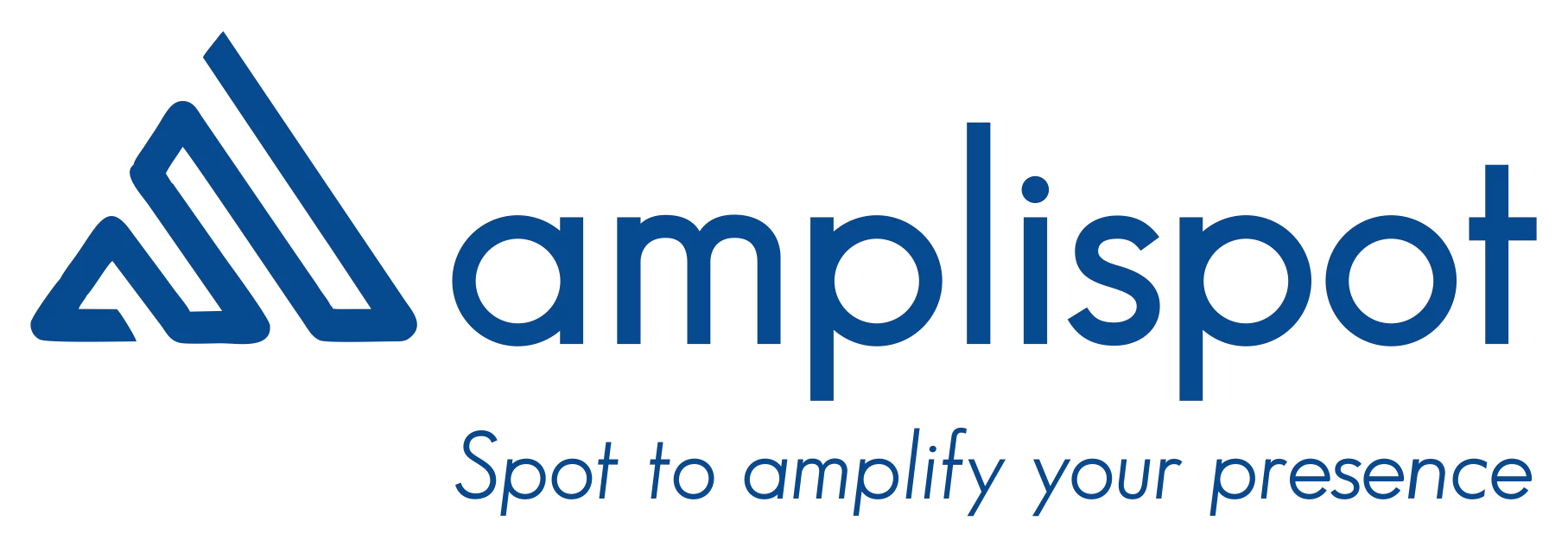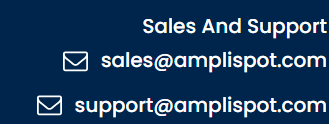In a rapidly transforming insurance landscape, marketing has become much more than merely promoting policies or discount offers. Today’s leading carriers—most notably Geico and Liberty Mutual—are betting on AI-driven strategies to strengthen their agent marketing efforts, empower their local agencies, and differentiate themselves from competitors. The question on many executives’ minds is whether the rest of the industry will follow suit. Will your carrier keep pace with this shift, or risk getting left behind?
Below, we explore the opportunities and challenges that AI-driven and automated marketing campaigns bring, how they are reshaping insurance agent productivity, and why it has become urgent for carriers of all sizes to act now.
1. The Rise of AI-Driven Marketing in Insurance
From Manual to Automated
Traditional agent marketing efforts usually revolve around manual tasks—phone calls, direct mail, static email blasts, and event sponsorships. These methods, while still valuable for relationship building, are time-consuming and prone to human error. They also lack the robust data-driven insights needed to effectively segment and target prospects.
AI-driven marketing changes this dynamic fundamentally. Automation platforms can assist with everything from lead prioritization to personalized email campaigns, ensuring that outreach is both efficient and highly relevant. For agents, this means less time spent on cumbersome marketing administration and more time dedicated to nurturing high-value leads, quoting policies, and delivering tailored risk solutions.
Why Geico and Liberty Mutual Are Leading the Way
In the insurance world, companies like Geico and Liberty Mutual have historically been at the forefront of marketing innovation—especially in direct-to-consumer advertising. What’s shifting now is their focus on agent-led marketing. By combining advanced AI models with marketing automation tools, they can deliver hyper-personalized campaigns that help local agents attract and convert more prospects, faster.
For instance, Liberty Mutual recently invested in chatbot and conversational marketing technology to better qualify potential clients before an agent even picks up the phone. Meanwhile, Geico has been experimenting with machine learning models that integrate demographic data with behavioral patterns—identifying which marketing messages resonate best with which customers.
2. AI-Driven Marketing: The Key to Agent Productivity
Streamlining Lead Generation
One of the greatest pain points for insurance agents has always been how to determine which leads are worth pursuing. AI-driven marketing solutions aim to remove this guesswork. By analyzing vast amounts of data—from online behavior and website interactions to past purchasing patterns—machine learning algorithms can prioritize leads based on readiness to buy or policy fit.
Outcome: Agents spend less time on “cold” leads and more time on those with the highest likelihood of conversion, leading to significantly improved productivity.
Personalizing Prospect and Customer Interactions
Personalization used to mean addressing an email with a recipient’s first name. With AI, personalization can extend to delivering the right insurance offer at exactly the right moment. Whether it’s a homeowner policy highlight for recent property buyers or an auto insurance bundle for new parents, AI ensures each marketing message is highly relevant.
Outcome: Higher open and click-through rates, increased trust, and a smoother path to purchase—ultimately lifting agent performance and policy sales.
Real-Time Insights and Campaign Optimization
Unlike static campaigns, AI-enabled systems often have real-time feedback loops. If a certain email subject line isn’t resonating, the platform can automatically adjust messaging for the next wave of sends. If a particular demographic is responding negatively to a campaign, the system can pause outreach and pivot to a different tactic.
Outcome: Agents can pivot quickly to what’s working best, making marketing campaigns more dynamic and less prone to wasted spend.
3. Overcoming Common Hurdles to AI Adoption
While the benefits are hard to ignore, many carriers hesitate to jump into AI-driven marketing for a variety of reasons:
- Initial Investment: Implementing AI tools and integrating them with existing systems can represent a significant financial undertaking. Smaller and mid-sized carriers may worry about ROI and budget constraints.
- Data Quality: AI is only as powerful as the data it receives. Legacy systems and siloed data sources may hinder carriers’ ability to gather a complete view of prospects and customers, negatively impacting the accuracy of AI models.
- Regulatory Compliance: Insurance is heavily regulated. Carriers must navigate stringent compliance requirements and privacy standards. AI-driven marketing must be meticulously tested and audited to ensure it meets legal and ethical guidelines.
- Agent Adoption and Training: Even the best AI platforms fail if agents don’t use them effectively. Carriers need clear strategies for agent onboarding, training, and ongoing support to drive successful adoption.
4. Building a Roadmap for AI-Driven Agent Marketing
Given these hurdles, how can carriers ensure they’re not left behind while industry giants like Geico and Liberty Mutual push forward?
- Start Small, Think Big
Begin with pilot programs focused on one line of business or region. Monitor performance metrics—lead conversion rates, policy sales, agent satisfaction—and refine the model. Use these early successes to build a strong case for broader adoption.
- Invest in Data Infrastructure
A robust data pipeline is crucial. Work with IT teams, analytics experts, and potential third-party partners to unify customer data in a central platform. The more accurate and complete the data, the more effective your AI-driven campaigns will be.
- Collaborate with Agents Early
Agents should be involved from day one. Gather their insights on existing pain points in the marketing process, then use AI to enhance rather than replace their personal touch. Provide training resources, role-specific dashboards, and user-friendly tools that align with the natural workflow of an insurance agent.
- Ensure Compliance and Ethical Use
Consult with compliance experts to build in safeguards around data usage and marketing practices. Transparency with both agents and consumers fosters trust and reduces the risk of reputational harm.
- Partner Wisely
Many technology vendors specialize in AI-driven marketing for highly regulated industries like insurance. Partnerships or acquisitions might accelerate your learning curve and help you bring robust solutions to market faster than attempting to build everything in-house.
5. Tangible Benefits for Forward-Thinking Carriers
Carriers that embrace AI-driven marketing can expect tangible advantages:
- Higher Lead Conversion Rates: By focusing on the most promising prospects, agents waste less time and boost sales.
- Greater Customer Lifetime Value: Personalized campaigns that cross-sell and up-sell effectively keep customers engaged, leading to long-term policy renewals.
- Scalable Growth: AI-driven marketing allows carriers to scale outreach without a corresponding need to expand headcount significantly, reducing overhead costs.
- Stronger Agent Relationships: Providing agents with state-of-the-art marketing support fosters loyalty and reduces churn, especially in competitive territories.
6. The Threat of Inertia
Despite these benefits, many carriers remain hesitant—often citing budget constraints, fear of disruption, or skepticism about AI’s true value. However, failing to invest in AI-driven marketing places carriers at a strategic disadvantage. As consumers continue to expect personalized, convenient experiences—mirroring the digital journeys they have in industries like banking and retail—insurance agents too will require sophisticated technology to meet these expectations.
Companies like Geico and Liberty Mutual aren’t dabbling; they are doubling down on AI’s potential to transform agent productivity. Smaller or more traditional carriers that neglect these advancements risk losing market share, agent loyalty, and brand relevance in the coming years.
The race toward AI-driven, automated marketing in insurance is already underway. If you’re a carrier executive wondering how to energize agent productivity and secure future growth, the answer likely lies in leveraging the power of artificial intelligence and marketing automation. As Geico and Liberty Mutual have shown, the goal isn’t to replace the human element, but rather to enhance it—making outreach more efficient, personal, and ultimately more effective.
Next Steps for Your Carrier
- Assess Your Current Capabilities: Conduct an audit of your data readiness and marketing infrastructure.
- Engage Agents in Planning: Seek input from your agent network to identify marketing pain points.
- Choose a Pilot Project: Start with a small initiative to prove concept and build organizational buy-in.
- Scale Strategically: Use early success metrics as a blueprint for broader, carrier-wide rollout.
In an industry historically slow to adopt new technologies, now is the time to act. The carriers that effectively harness AI and automation will be the ones that maintain a competitive edge, empower their agents, and deliver on the evolving demands of the modern insurance consumer. Will your carrier keep up, or get left behind?
By embracing AI-driven marketing tools, carriers can supercharge agent productivity, nurture deeper customer relationships, and position themselves at the forefront of an increasingly competitive insurance market. Don’t wait—start laying the groundwork now, before the gap between you and the industry leaders becomes insurmountable.

































